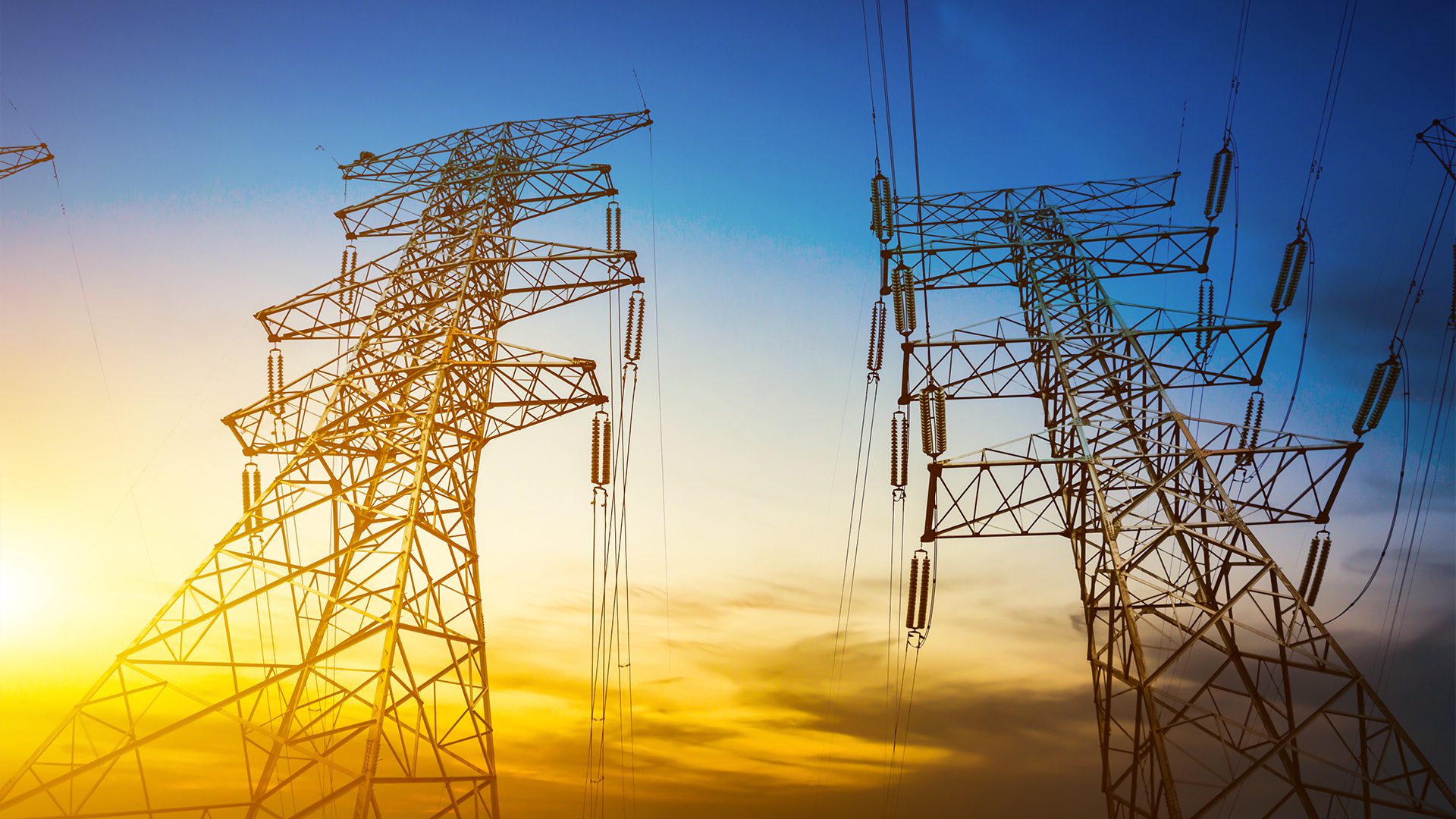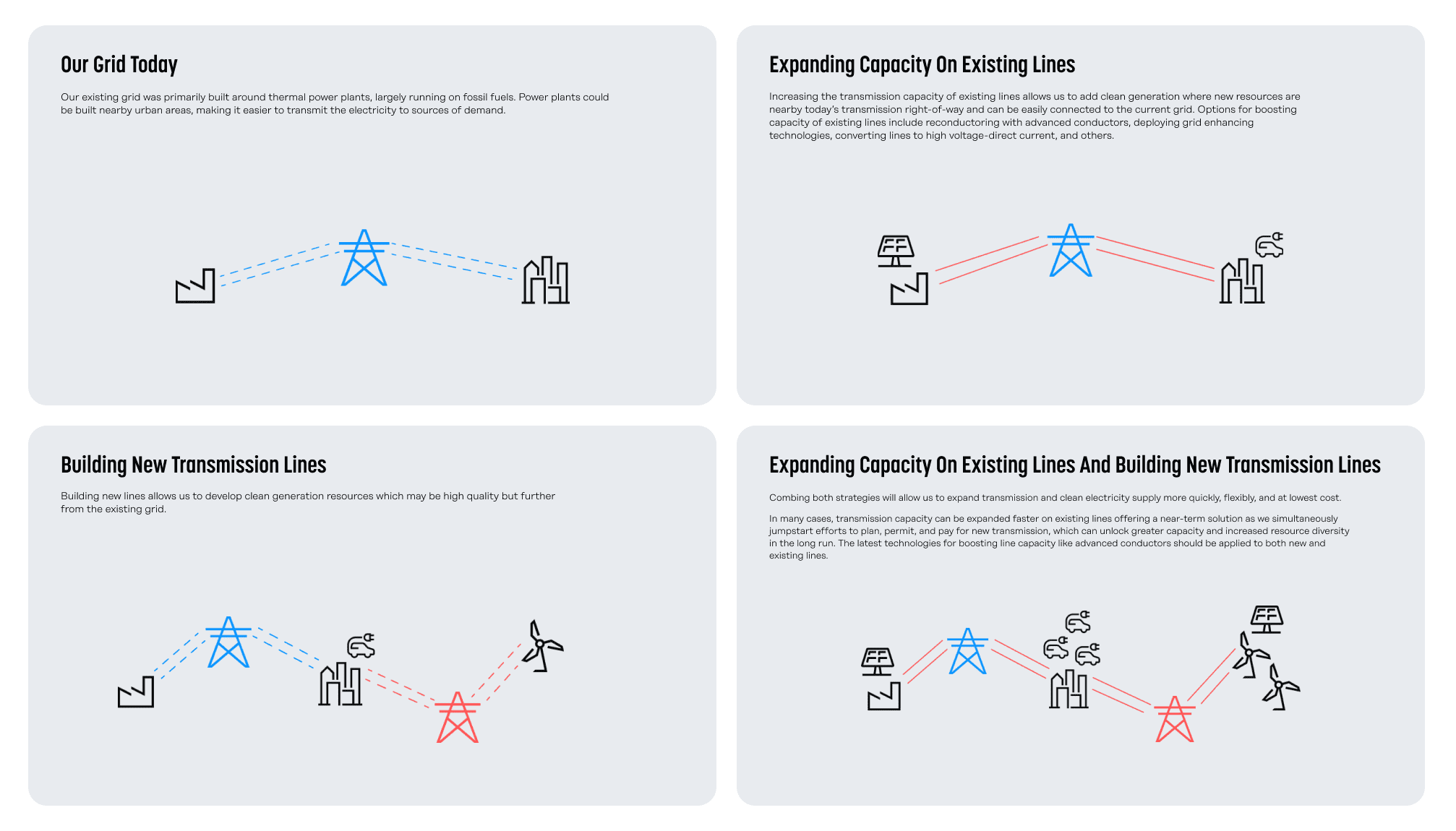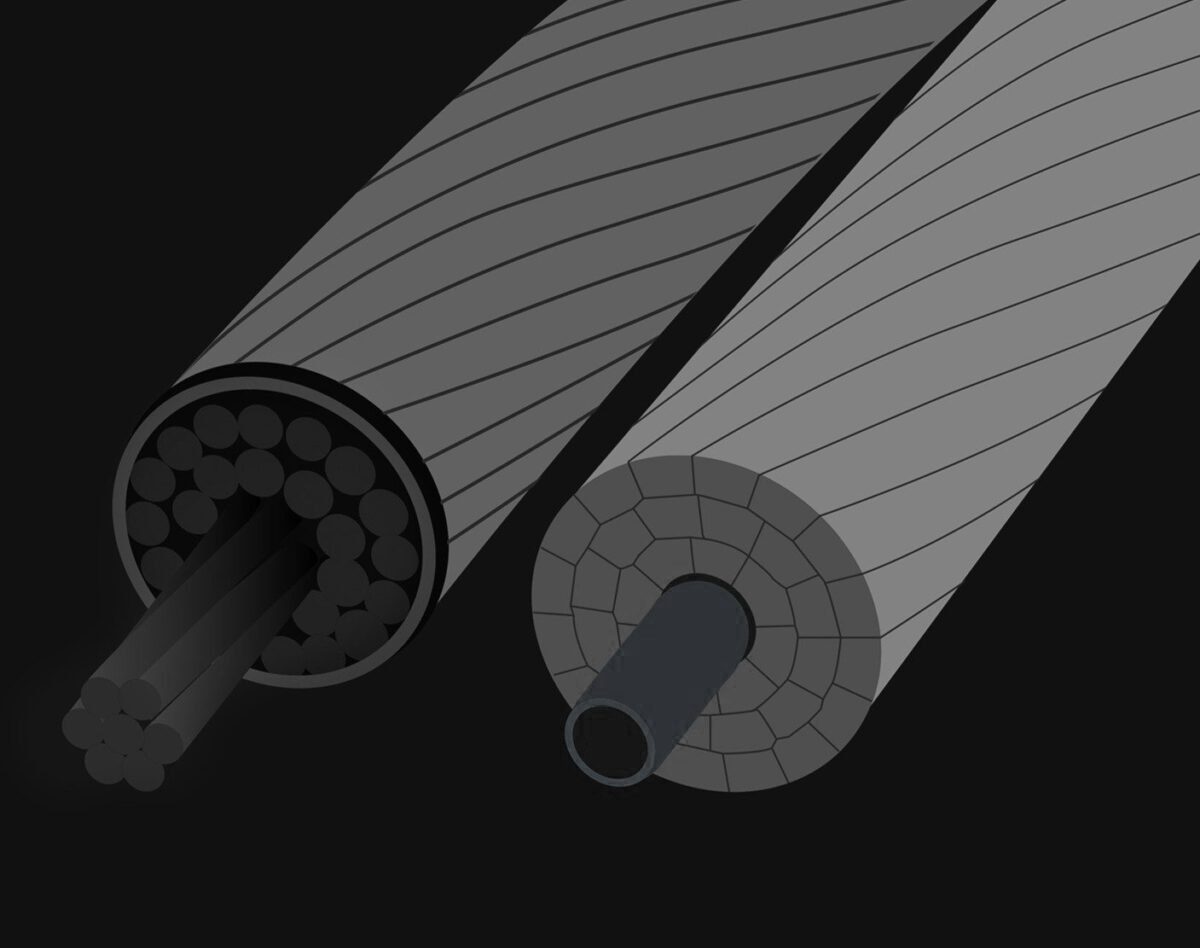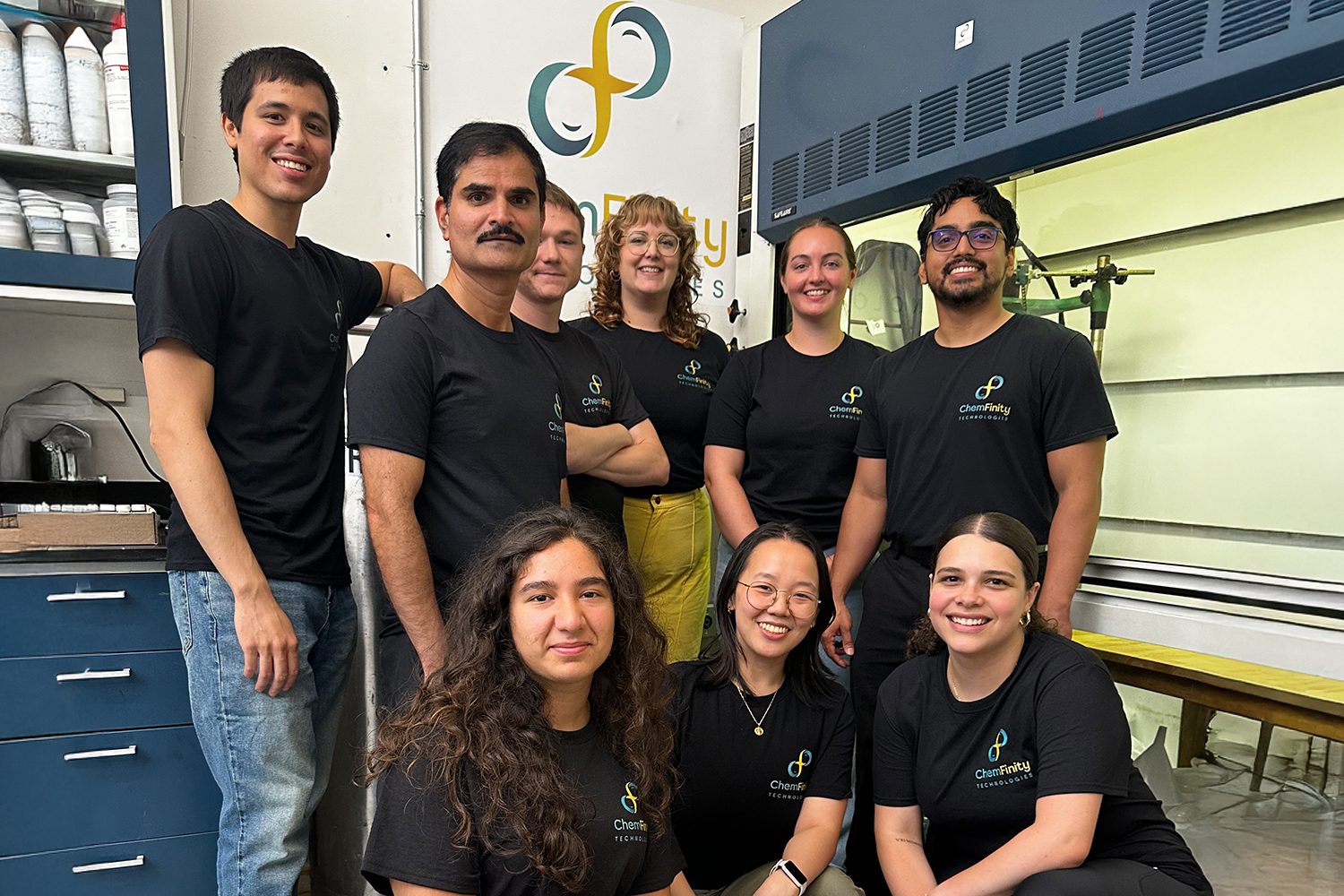In our previous newsroom, we talked about how we need to deploy advanced conductors to enhance existing transmission lines, while also supporting policies that accelerate the development of new regional and interregional transmission. In this post, we will highlight some policy solutions to help scale this innovative technology.
What are Advanced Conductors?
Conductors are the part of power lines that transmit electricity, i.e., the wires. Recent innovations have led to conductors being manufactured with better materials that are stronger, weigh less, and transmit more power. Some advanced conductors can also incorporate smart monitoring technologies. Generally, advanced conductors refer to wires which replace traditional steel cores with lighter and stronger materials such as carbon fiber composites.
These new cores enable higher operating temperatures and the use of more conductive aluminum, allowing advanced conductors to carry approximately twice as much power while simultaneously reducing line sag and electrical losses. Importantly, many existing transmission lines can be replaced, or “reconductored” using these improved materials. Reconductoring is an opportunity for utilities to utilize existing transmission towers, structures, and rights-of-way while upgrading wires—saving time and money. In fact, a recent DOE report found that advanced conductors can be a high-performing and cost-effective option to expand capacity when replacing aging infrastructure.
In addition to their use in retrofitting existing transmission lines, this technology can also be used to build new transmission lines that are both cheaper (requiring fewer towers to support lighter lines) and more efficient.
Enabling the use of Advanced Conductors
Though advanced conductors are becoming a more established technology, the utility sector has yet to adopt them at a scale. More needs to be done to encourage their widespread adoption. So, what can we do? A recent report by GridLab and Energy Innovation and supported by Breakthrough Energy, presented a suite of policy options that could help deliver the benefits of advanced conductors, some of which we’ll highlight here:
Aligning utility incentives:
Current incentive structures can prevent the widespread adoption of advanced conductors, as utilities earn a fixed return-on-equity (ROE) for capital expenditures and may be incentivized to pursue larger infrastructure projects. One solution is for regulators to implement incentives that boost utility returns for the use of advanced conductors.
For example, Montana House Bill 729, signed into law last year, is a measure that allows the state PSC to grant utilities a return-on-investment ‘adder’ for using advanced conductors that reduce line losses.
Additionally, utilities also face an environment in which they may be required to plan for “least cost,” leaving longer-term benefits on the table. State policymakers can take action to ensure transmission providers consider a fuller range of benefits and take a proactive role in encouraging utilities to include advanced conductors in their integrated resource plans (IRPs).
For example, Virginia House Bill 862, signed into law earlier this month, requires electric utilities to evaluate innovative grid technologies, including advanced conductors, for inclusion in their IRP process.
Transmission planning:
Long-term utility planning processes must be updated to accurately consider the benefits of advanced conductors. Fortunately, the Federal Energy Regulatory Commission (FERC) has an opportunity to require public utility transmission providers to more fully consider advanced conductors in regional planning and cost allocation processes in an upcoming transmission rulemaking.
Conductor efficiency standards:
An efficiency standard for transmission lines would help to incentive adoption of advanced conductors. Just like replacing an old incandescent bulb with a new LED bulb, replacing existing power lines with advanced materials would improve the energy efficiency of the grid. A 2022 Grid Strategies report found that advanced conductor deployment can generate over $2.2 billion in annual consumer savings by reducing transmission losses between 10 and 30 percent.
The Department of Energy (DOE) has authority to promulgate efficiency standards for industrial equipment. Congress should further clarify the DOE’s authority to promulgate specific standards for transmission conductors.
Federal funding:
The DOE can also solicit the use of advanced conductors through various transmission funding programs authorized by the Infrastructure Investment and Jobs Act (IIJA) and Inflation Reduction Act (IRA). For example, DOE should aim to significantly increase the percentage of funds granted to projects that use advanced conductors through the Grid Resilience and Innovation Partnerships (GRIP) Program. The DOE Loan Program Office’s Section 1706 Energy Infrastructure Reinvestment Program is another opportunity to finance the use of advanced conductors.
Transmission demands both/and solutions
There is no one-size-fits-all solution for expanding our grid to accommodate a changing resource mix and rising electricity demand. Case-in-point: modeling from the GridLab and Energy Innovation report found that reconductoring existing lines with advanced conductors can play a major role in addressing transmission expansion needs in the near-term, with advanced conductors representing the majority of regional capacity additions through 2035 in the lowest cost scenario. However, greenfield transmission represented the majority of capacity additions post-2035, particularly in relation to interregional expansion.
Therefore, smart policy should support the deployment of advanced conductors and other solutions to enhance existing lines, while also establishing a policy framework that accelerates the development of new regional and interregional transmission. This would ensure we can better optimize the grid we have today, while planning and building the bigger, better grid we will need in the future.
In the coming weeks, we hope to see FERC finalize a strong rule on regional transmission planning and cost allocation that would take an important step in this direction.
In the future, we also encourage the Commission to undertake additional rule-making on interregional transmission, to support the proactive planning and development of lines between RTOs or FERC Order 1000 planning regions. One approach would be to establish minimum interregional capacity requirements, which would ensure adjoining grids are able to share a certain amount of electricity back and forth. Legislation introduced in both the Senate and House this Congress – the BIG WIRES Act – would direct FERC to take this action.
Notably, the North American Electric Reliability Corporation (NERC) is also in the process of finalizing a study to assess the existing amount of transfer capability between neighboring regions and recommend prudent additions that would further strengthen system reliability. We hope this analysis will further our understanding of how minimum transfer requirements would help to build a resilient, modernized clean energy grid.








